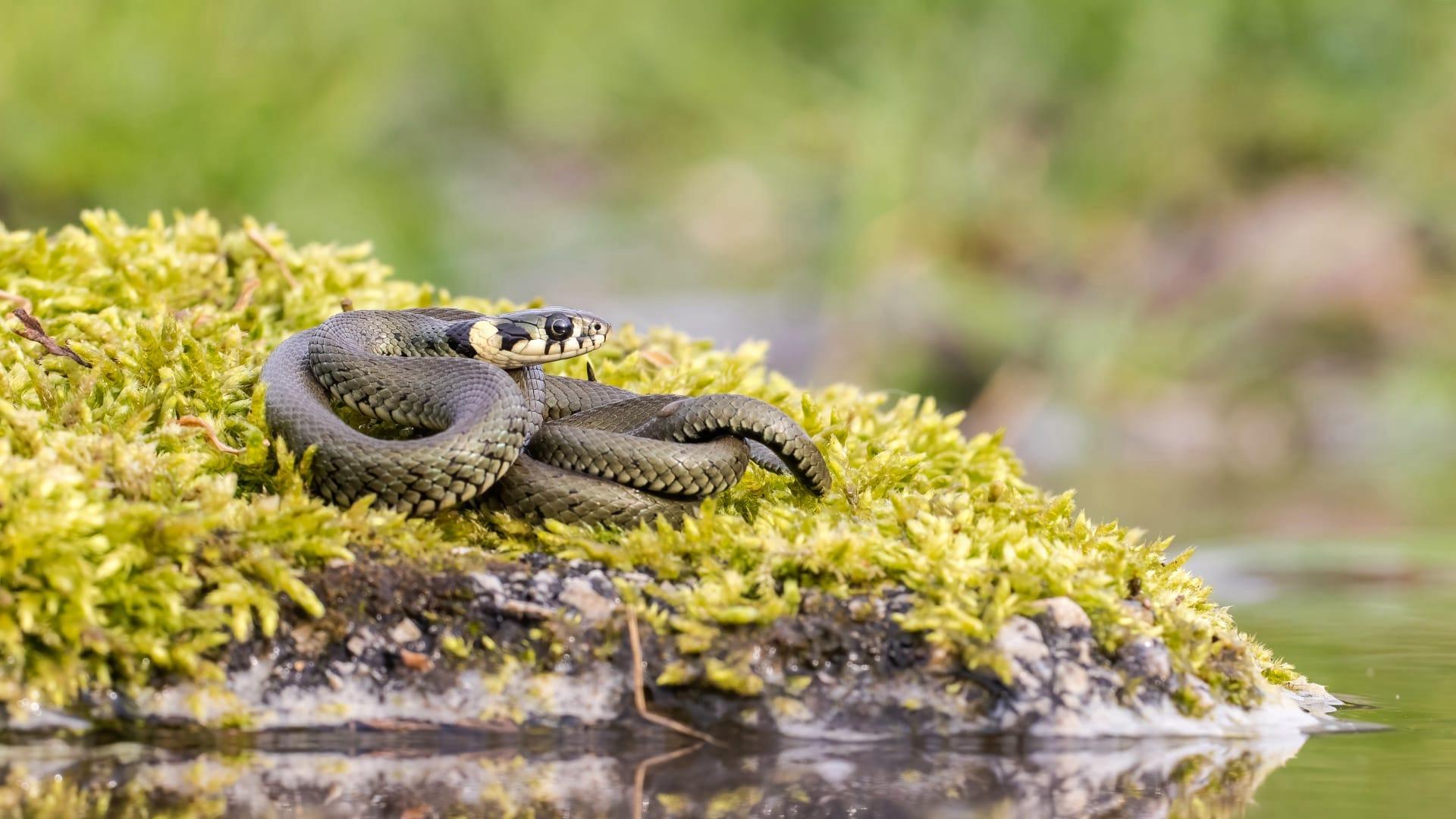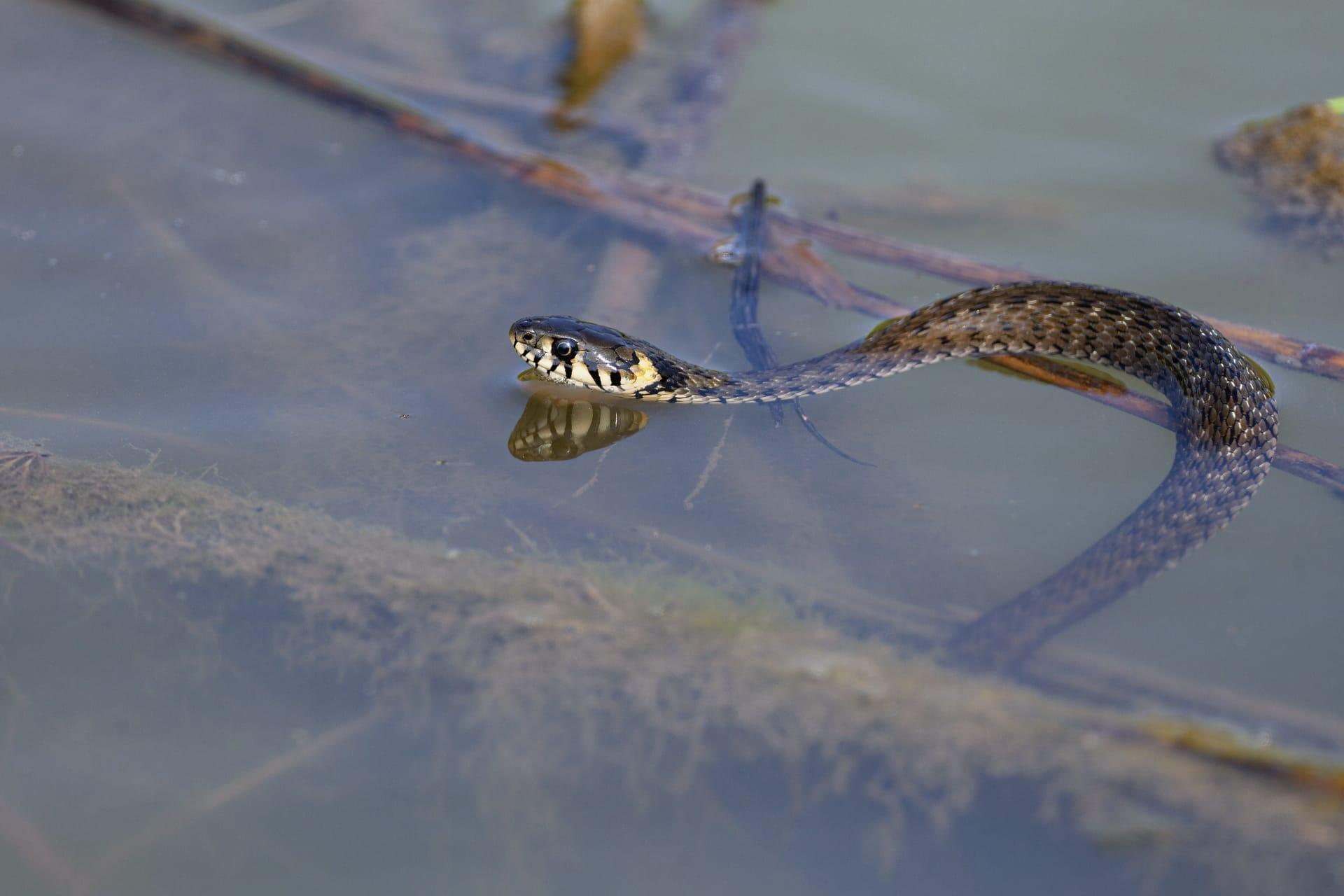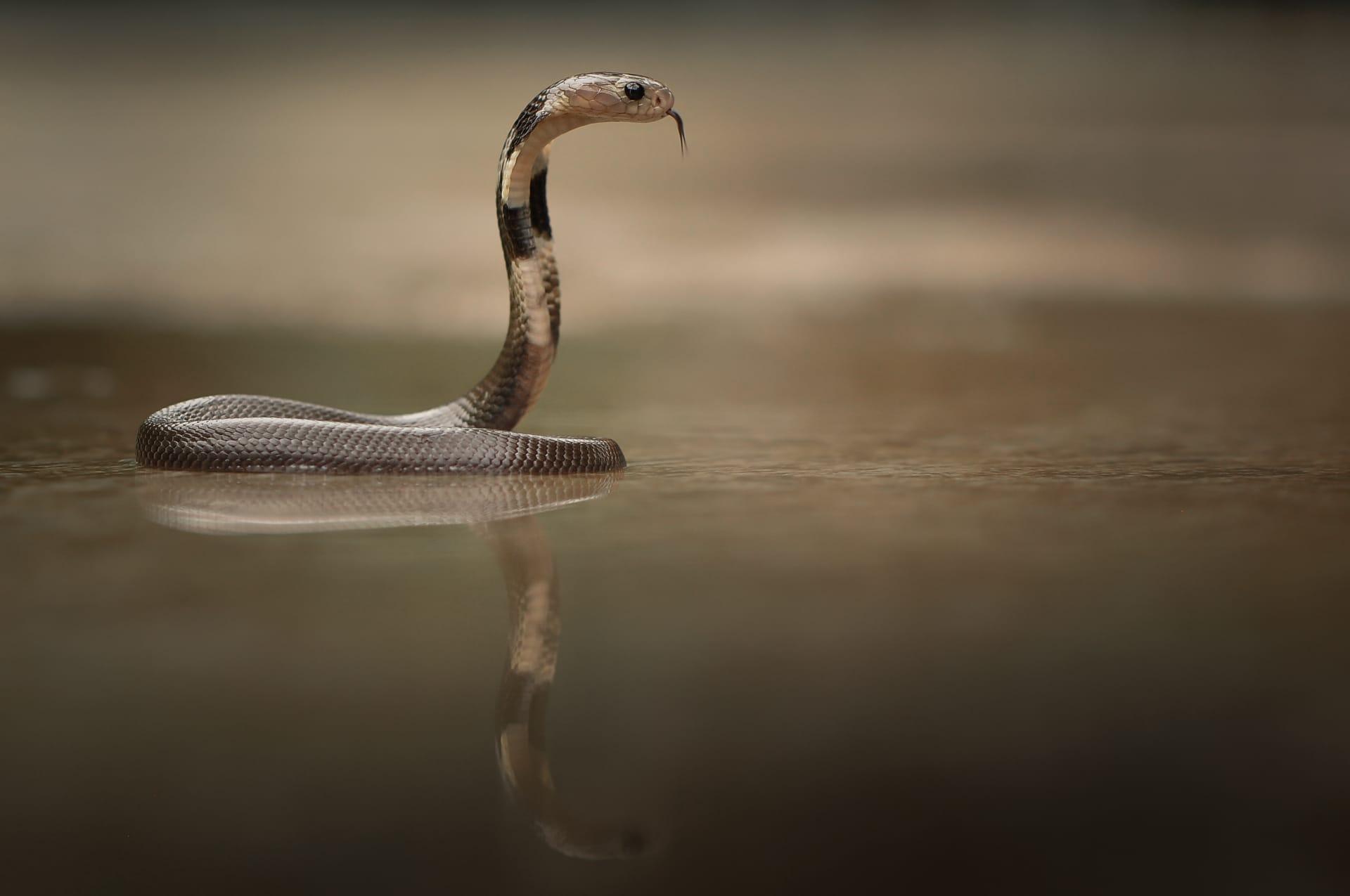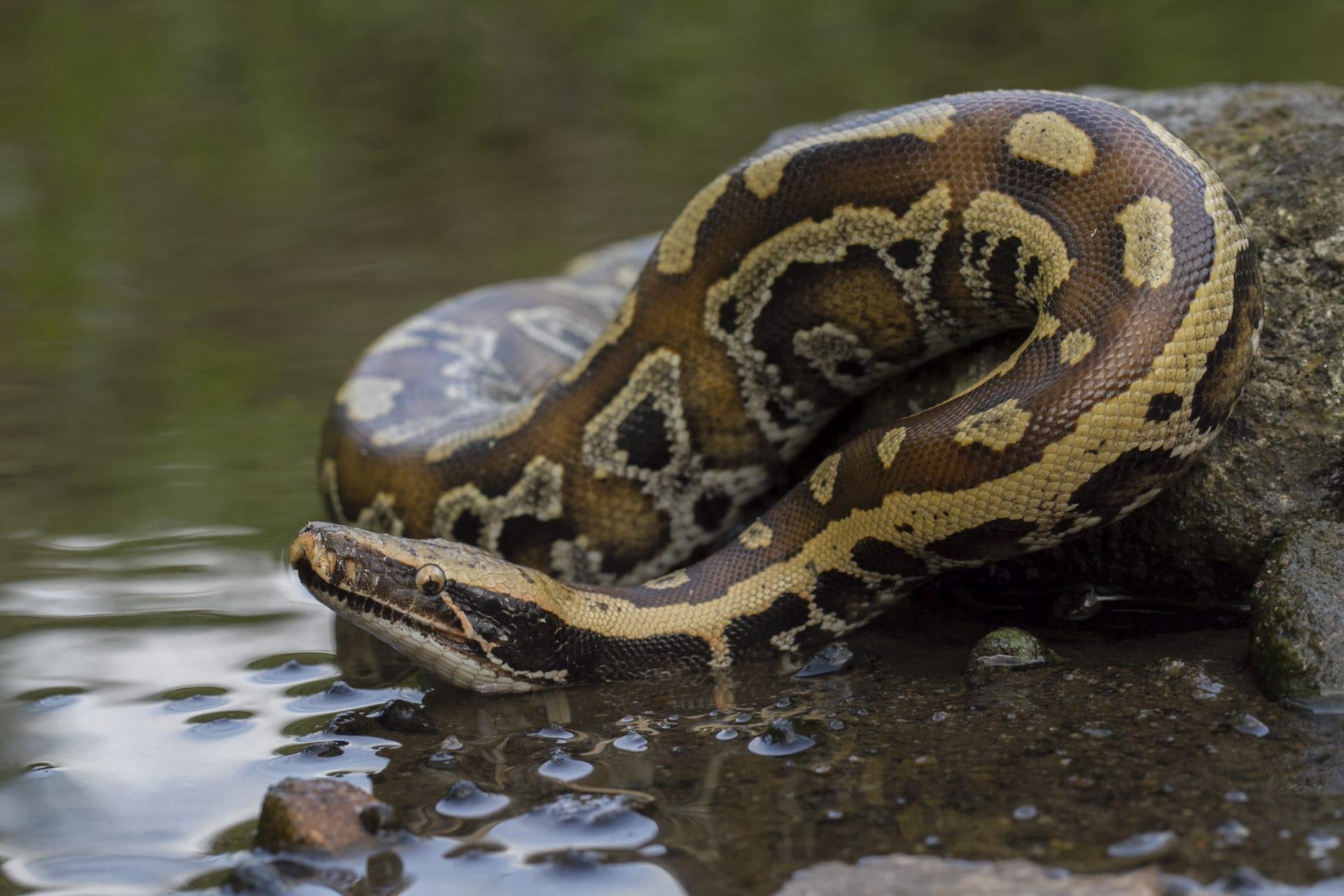Watersnake Characteristics
- Home /
- Mini Encyclopedia /
- Animal /
- Watersnake Characteristics
1
Watersnakes, fascinating creatures found in various freshwater habitats, exhibit a range of intriguing physical characteristics. Their size varies, with most species reaching lengths between 24 to 55 inches, though some can grow up to 5 feet. Remarkably adaptable, these snakes have a lifespan that typically spans 9 to 15 years in the wild. A standout feature in their anatomy is their skin, which is not only highly waterproof but also contains unique scales that aid in swimming. These scales are keeled, giving them a ridged texture, and are larger compared to those of land snakes. This design enhances their ability to move efficiently through water, providing better grip and reducing water resistance.
One of the most distinctive organs of a watersnake is its Jacobson's organ, located in the roof of its mouth. This remarkable tool is pivotal for their survival, functioning as a chemical sensor. It allows the snake to 'taste' the air or water, detecting potential prey or predators nearby. By flicking its tongue, the watersnake collects airborne particles and transfers them to the Jacobson's organ for analysis. This organ is highly sensitive and can detect minute chemical cues, making it an essential element in the snake's hunting and navigational strategies.

2
Question: Are Watersnakes Venomous?
Answer: A common misconception about watersnakes is that they are venomous. In fact, they are non-venomous and pose no significant threat to humans. While they can be aggressive when threatened and may bite, their bite is harmless and only causes minor discomfort or injury. It's important to distinguish them from their venomous look-alikes, such as cottonmouths or water moccasins. One key difference is in their behavior; watersnakes flee when approached, while venomous snakes tend to be more defensive. Additionally, watersnakes have round pupils, unlike the elliptical pupils found in many venomous species.

3
Watersnakes are known for their impressive swimming capabilities. They are often seen gliding smoothly over water surfaces or diving with ease. Their bodies are streamlined, allowing for minimal resistance when moving through water. This adaptation is crucial for both escaping predators and capturing prey. Watersnakes can swim at speeds up to 3 mph, a remarkable feat given their body structure. Their swimming style involves undulating their bodies side to side, propelling them forward with significant agility.
In terms of hunting, watersnakes display remarkable skills. They primarily feed on fish and amphibians, using a combination of stealth and speed. Their diet includes small fish, frogs, toads, and occasionally small mammals or birds. Watersnakes hunt by lurking near the water's edge or by swimming slowly and then striking quickly to catch their prey. Their keen eyesight and sensitive Jacobson's organ aid in detecting prey, even in murky waters. Once they grab hold of their prey, they coil around it and swallow it whole, usually head first.

4
The habitat of watersnakes encompasses a wide range of freshwater environments. They are commonly found in rivers, lakes, ponds, marshes, and streams. These snakes prefer habitats with abundant aquatic vegetation, which provides cover and ample hunting opportunities. Watersnakes are also known to bask in the sun on rocks or branches near water bodies. They are highly adaptable and can thrive in various environmental conditions, although they are sensitive to extreme cold and require warmer climates to survive.
Reproduction in watersnakes is another fascinating aspect. They are ovoviviparous, meaning they give birth to live young instead of laying eggs. Mating occurs in the spring, and after a gestation period of about three to five months, females give birth to 10 to 30 young. The newborn snakes are independent from birth, measuring around 7 to 10 inches in length. They quickly learn to swim and hunt, starting their life cycle in the aquatic environment where they were born.

5
Book: "The Secret Life of Snakes" by Dr. James H. Harding, published in the United States in 1997. This engaging book delves into the fascinating world of snakes, including a detailed chapter on watersnakes. Harding, a renowned herpetologist, provides insights into their behavior, habitat, and physiology. The book is praised for its accessible language and comprehensive coverage, making it a great resource for both enthusiasts and casual readers interested in herpetology.
Book: "North American Watersnakes: A Natural History" by J. Whitfield Gibbons, released in 2004 in the United States. Gibbons offers an in-depth exploration of watersnake species found across North America. The book covers various aspects, from identification and distribution to their ecological role in freshwater ecosystems. It stands out for its detailed descriptions, high-quality photographs, and focus on conservation issues. This book is a must-read for anyone seeking to understand the intricate lives of these often misunderstood creatures.